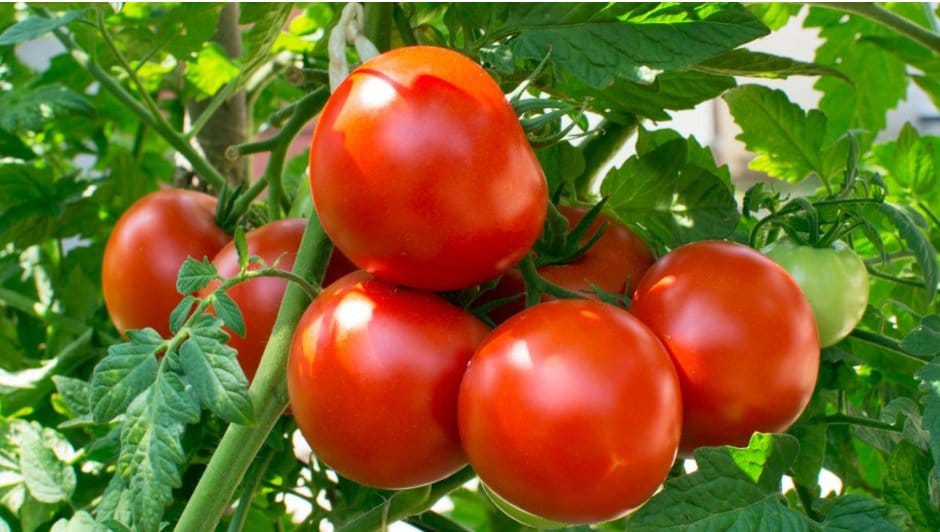Light plays a vital role in poultry farming.It’s not just about visibility, but also about influencing growth health and productivity.
Whether you’re raising chickens, ducks or turkeys, managing light properly can make a big difference in your flock’s performance. From feeding behavior to egg laying, light affects nearly every aspect of poultry development, making it one of the most important factors for successful farming.
Light and growth
For young chicks, light is essential for survival and early development. During the first few days after hatching, chicks rely on light to locate food and water. A well-lit environment keeps them active, encourages proper feeding and promotes faster, more uniform growth.
If lighting is poor or inconsistent, chicks may become weak, grow unevenly, or fail to thrive. That’s why farmers usually provide continuous lighting for the first few days, gradually introducing a balanced light–dark cycle. This routine supports natural rest periods, strengthens immunity, and promotes healthier, steady growth over time.
Light and egg production
Light directly influences egg production in layers. Hens’ reproductive systems respond to daylight length, which triggers hormone production related to egg laying. Typically, hens need 14 to 16 hours of light per day to maintain steady egg production.
When daylight hours shorten especially during colder months,egg production tends to drop. To counter this, farmers use artificial lighting systems to simulate longer days and keep hens laying consistently throughout the year. Proper light management ensures uniform egg size, better shell quality and improved overall productivity.
Light and behavior
Light doesn’t only affect growth and reproduction,it also shapes behavior. The intensity and duration of light can either calm or stress poultry. Bright, continuous light may make birds anxious or aggressive, leading to pecking or fighting. Conversely, dim or well-regulated lighting creates a calmer, more comfortable environment.
Balanced lighting programs help birds stay active and feed during the day, while resting peacefully at night. This balance promotes better welfare, reduces stress-related issues and minimizes injuries in the flock.
Light and health
Proper lighting also impacts poultry health. Natural sunlight helps birds synthesize vitamin D, which is essential for calcium absorption, bone development and strong eggshells. Light exposure supports healthy metabolism, improves digestion and boosts immunity,helping birds resist common poultry diseases.
Moreover, a well-timed light schedule aligns with birds’ natural biological rhythms, improving feed conversion rates and reducing fatigue. Healthy, well-lit birds grow faster, produce more and live longer.
Light management in modern poultry farms
Today’s poultry farms use advanced lighting systems that mimic natural daylight patterns. These systems allow farmers to control both light intensity and duration with precision. Programs are adjusted based on bird type, age and purpose,whether broilers (for meat) or layers (for eggs).
For broilers, light programs are designed to balance growth and rest, ensuring they gain weight efficiently without stress. For layers, longer light exposure maintains steady egg production throughout their laying cycle. Farmers also use energy-efficient LED lighting, which provides consistent illumination while reducing power costs.
Some farms even use colored lighting, as research suggests that different colorslike red or blue light can affect bird behavior and production. Red light, for instance, is known to reduce aggression and promote better laying performance.
Light is far more than a visibility tool,it’s a powerful management factor in poultry farming. The right lighting conditions influence growth, behavior, health and productivity. Whether natural or artificial, proper light management ensures your flock remains healthy, active and profitable.
By investing in efficient lighting systems and understanding how light affects your birds, you can improve egg yields, boost meat quality and enhance overall farm performance. In short, light management is the key to brighter, healthier and more productive poultry farming.










